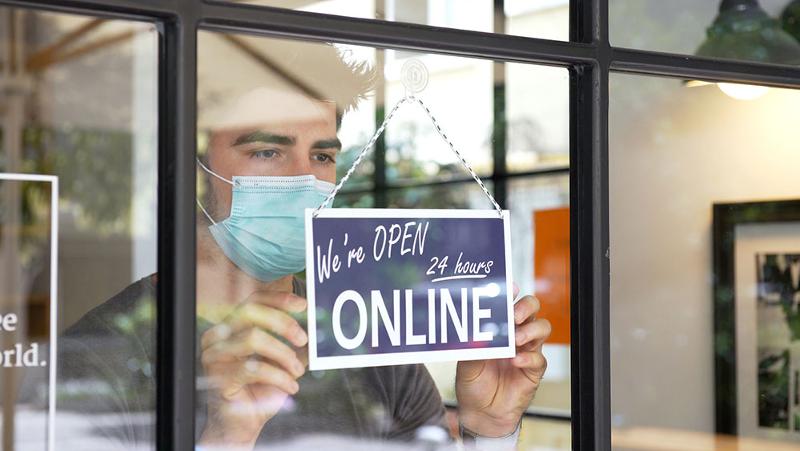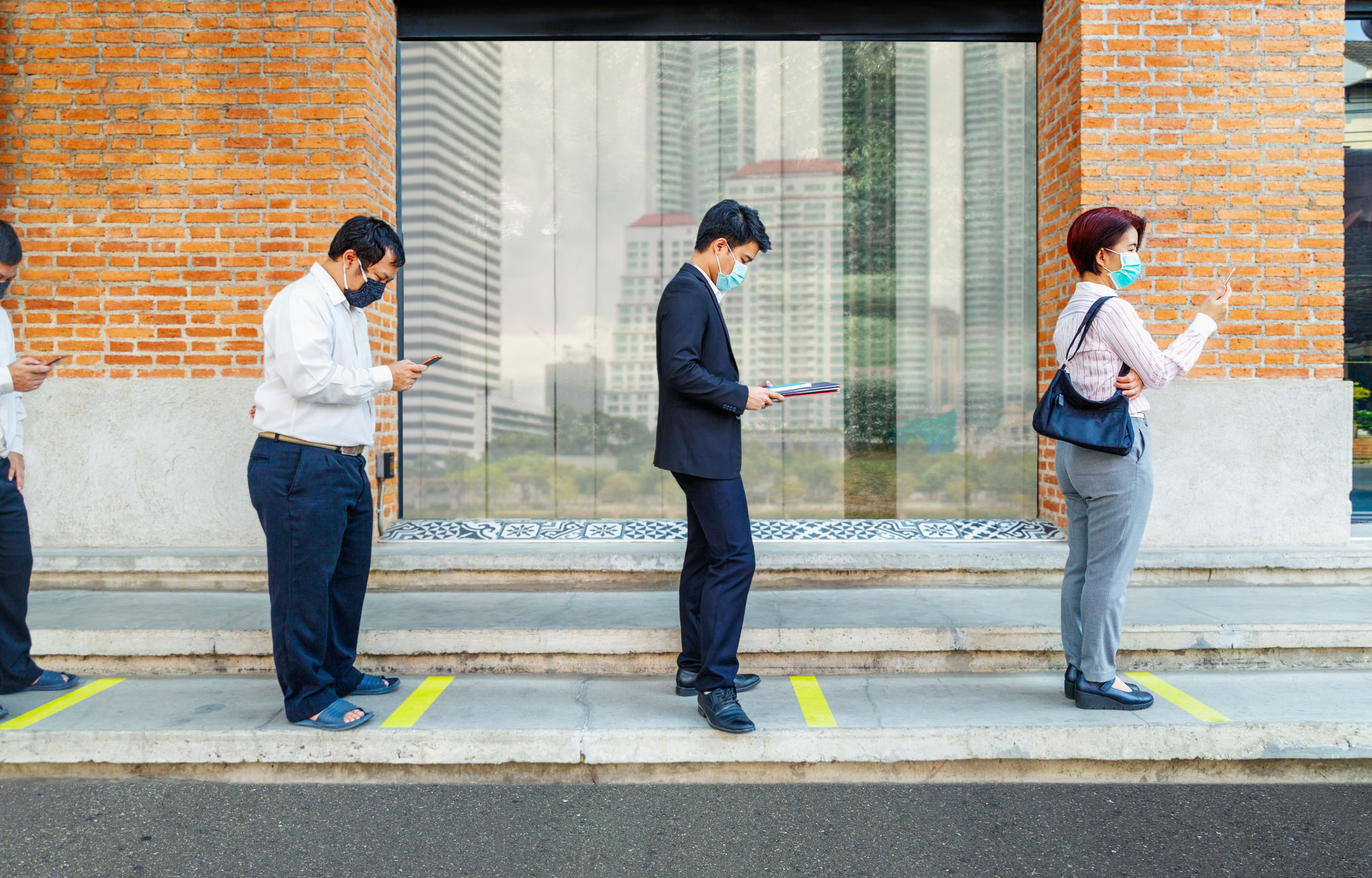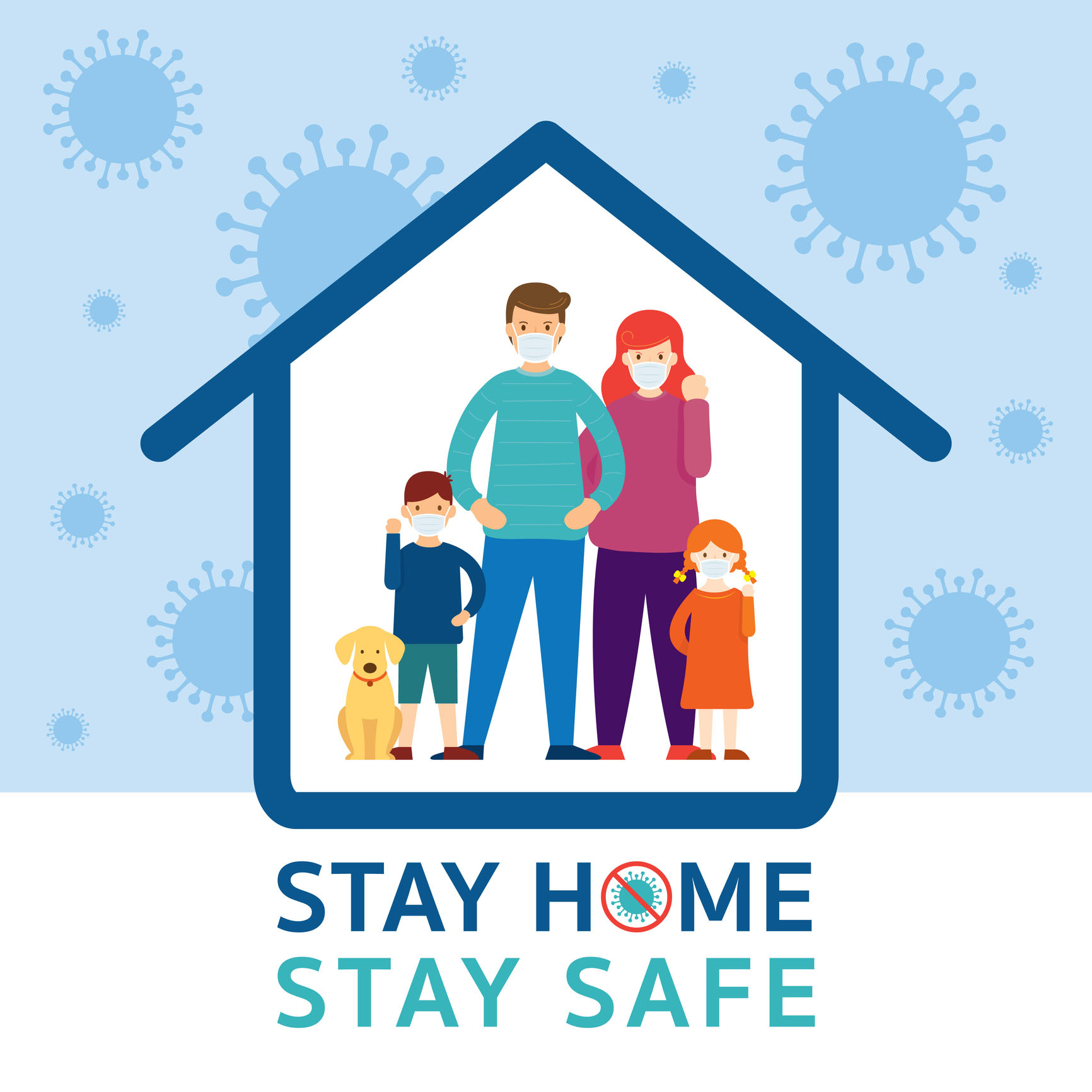
Retailers are facing a COVID-19 customer base that is more frugal, cautious and cocooning with a greater propensity to shop online, says QUT Business School consumer behaviour expert Professor Gary Mortimer.
- COVID-19 has markedly changed our shopping, spending and lifestyle preferences, probably for good
- Frugality, staying at home and making things preferred by many
- Small and micro businesses the most likely to survive due to their agility and online savvy
- Lockdown has changed attitudes to online shopping and engendered more trust
“Australians are now spending almost $32 billion online, or about 10 cents in every shopping dollar,” Professor Mortimer said.
“Once shoppers have set up accounts, logins, credit card details and have gained trust, online shopping will become a habitual activity.
“It is estimated 80 per cent of us will be shopping online by next year and ecommerce will reach $35.2 billion.
“Online shopping jumped by 21.8 per cent compared to the same time last year as COVID-19 restrictions took hold in March and retailers shuttered stores.”
Professor Mortimer said consumer confidence was at an all-time low with soaring unemployment and daily mass staff cuts.

“Consumers are understandably now uncertain and anxious about the future, they are much more price sensitive and value conscious than pre-COVID,” he said.
“During economic downturns there is a clear shift to thrift, and simplicity. Economic downturns are stressful events that historically have shaped the mind-set of whole generations and had long-term impact on buying behaviour.
“While most adopt a more financially conservative approach and have no urge to splurge, other consumers splash out – they’ve budgeted all year for a holiday, and now they can’t go anywhere, so they spend it on a motor cycle or jet ski.
“We are seeing a move from spending to saving with 76 per cent of Australian’s pessimistic about the longer-term recessionary effects of the COVID pandemic.
“Consumers are more frugal: they “cocoon”, choosing to stay in rather than go out. They are cautious about their own and their family’s health. They cook at home, entertain at home, and engage in DIY rather than spending their hard-earned dollars outside the home.”

Professor Mortimer said the shift to online presented large retailers and shopping centres with several challenges not faced by smaller businesses.
“The first challenge retailers face is their online capacity and capability. While retailers have been quick to promote their online offerings, the sudden increase in demand left many floundering, eg Coles and Woolworths had to suspend online home delivery and in-store pick up.
“To increase capability for online customers, retailers may choose to convert some existing stores into ‘dark stores’, small, decentralised fulfillment centres.
“In contrast, the small and micro retailers that are most likely to survive and thrive after the COVID-19 shutdowns because they were able to pivot and adapt their business operations more rapidly than larger competitors.
“Empty shops in shopping centres are likely to host more services – medical centres,
“They either already had an online store, or they very quickly shifted to digital platforms and using every available platform – social media, email, SMS and traditional advertising they engaged with customer through regular product and services updates.
“As online channels begin to provide greater revenues, larger retailers may ‘right-size’ their fleet and close stores no longer financially viable.”
Professor Mortimer’s media commentary on the changes in consumer behaviour and retail landscape the COVID-19 panic and pandemic made him the only non-medical expert to feature in the top 10 most quoted academics on coronavirus coverage in Australia according to the Australian Science Media Centre.








